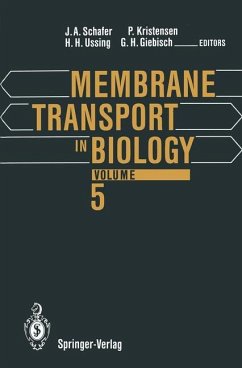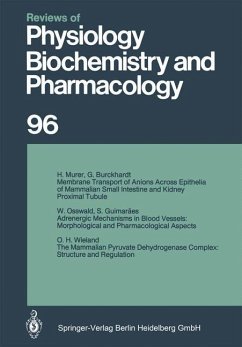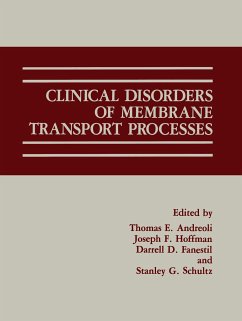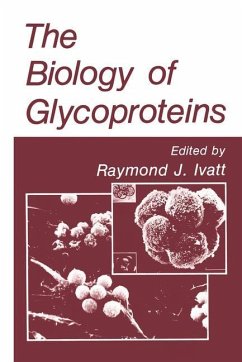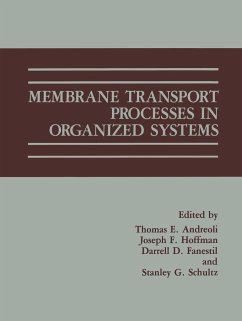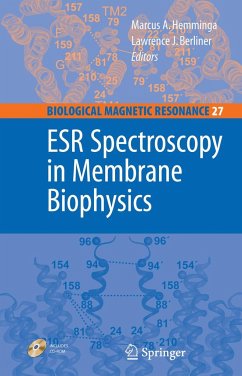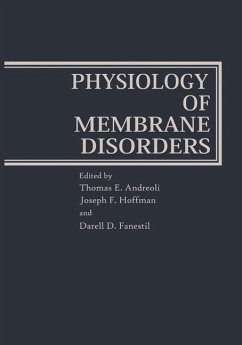
Physiology of Membrane Disorders
Versandkostenfrei!
Versandfertig in 1-2 Wochen
40,99 €
inkl. MwSt.

PAYBACK Punkte
20 °P sammeln!
The purpose of this book is to provide the reader with a rational frame of reference for assessing the pathophysiology of those disorders in which derangements of membrane transport processes are a major factor responsible for the clinical manifestations of disease. In the present context, we use the term "membrane transport processes" in a catholic sense, to refer to those molecular processes whose cardinal function, broadly speaking, is the vectorial transfer of molecules either individually or as ensembles-across biological interfaces, the latter includ ing those interfaces which separate d...
The purpose of this book is to provide the reader with a rational frame of reference for assessing the pathophysiology of those disorders in which derangements of membrane transport processes are a major factor responsible for the clinical manifestations of disease. In the present context, we use the term "membrane transport processes" in a catholic sense, to refer to those molecular processes whose cardinal function, broadly speaking, is the vectorial transfer of molecules either individually or as ensembles-across biological interfaces, the latter includ ing those interfaces which separate different intracellular compartments, the cellu lar and extracellular compartments, and secreted fluids-such as glomerular fil trate-and extracellular fluids. Evidently, consideration of these processes, and of the pathophysiology of membrane disorders, requires an understanding of the composition and structure of biomembranes, of the physical rules governing mem brane transport processes, ofthe way in which chemical regulators-either physio logic or pharmacologic-regulate or modify membrane transport processes, and of the ways in which these events are interpreted into specialized phenomena such as cell volume regulation, signal transmission in excitable tissues, cell-to-cell commu nication, and secretory processes in epithelia. Accordingly, Physiology of Membrane Disorders is divided into five major sections. Part 1, The Nature of Biological Membranes, provides an overview ofthe physical structure and composition of plasma membranes, and of the dynamic relations between structure and function.






